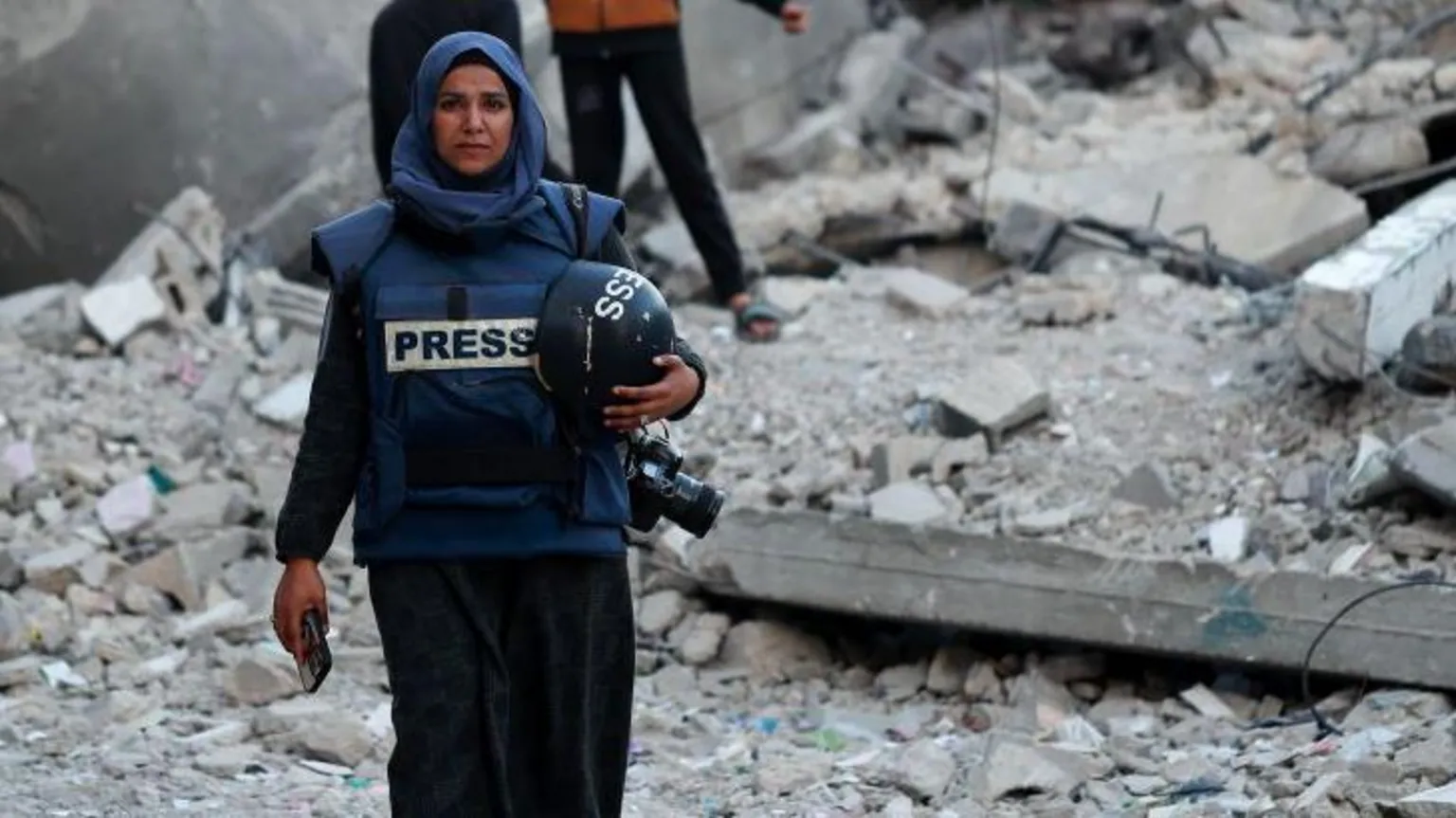8 March 2018
Reported:
Violence against children (VAC) is a significant international problem and, in Afghanistan, is particularly complex given the country has suffered armed conflict and extreme poverty for more than 30 years. The aim of this study was to examine the level of knowledge and observation of VAC by community leaders, professional groups, and business owners in three Afghan districts. A survey of community and religious leaders; health, socio-legal, and education professionals; and business owners from Kabul, Jalalabad, and Torkham (n = 182) was conducted. Structured interviews included qualitative and quantitative components. Questions related to knowledge and experience of VAC, and to perceptions of consequences, causes, and strategies for preventing VAC. The statistical significance of differences between participant groups and measures of association were assessed by Pearson’s chi-square test, the Mann–Whitney test, and the Kruskall–Wallis one-way ANOVA. Qualitative responses were analyzed thematically. VAC was reported to occur mostly in the home, community, and workplace. The scale of the problem varied, with religious and community leaders underreporting VAC by 30% to 40% compared with other participant groups (p < .001). Business owners also significantly underreported VAC in the workplace, despite admitting to acts of discipline that included physical contact. There were some regional differences, with lower reporting of violence in Jalalabad compared with the two other locations (p < .001). Causes of VAC were consistently attributed to poverty, lack of education, and the effects of war. The findings of this study indicate that VAC is a serious and complex problem in Afghanistan. Decades of armed conflict and entrenched poverty influence how violence is perceived and recognized. Consideration should be given to initiatives that build on the existing strengths within the community while raising awareness and recognition of the nature, extent, and burden of VAC in the community.



